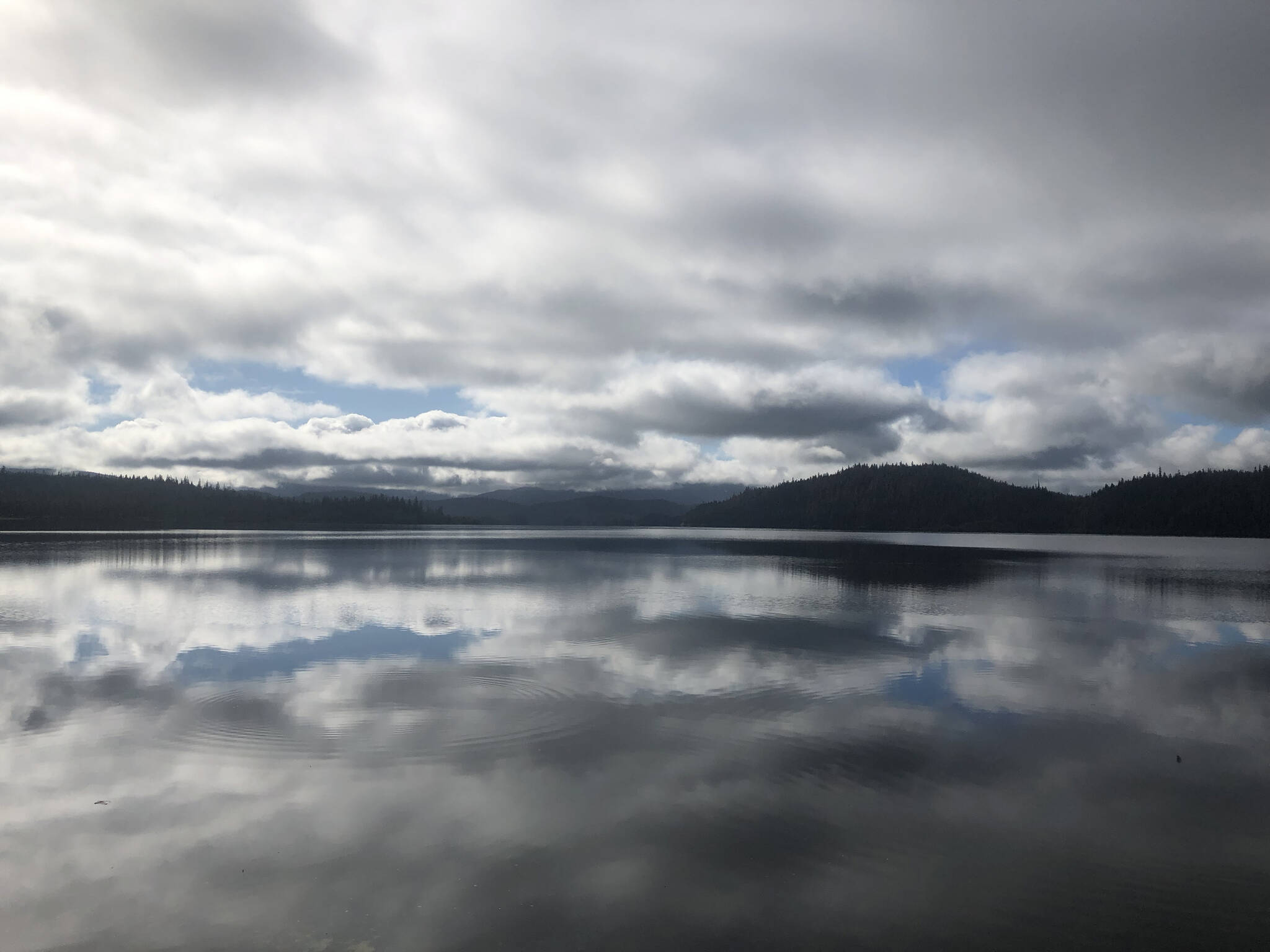Four years ago this August, my partner, Bjorn, and I flew into Admiralty Island’s Hasselborg Lake. We fought through thick blueberry bushes and swarms of flies, angled our way up a steep, trail-less slope, and emerged into the alpine of a nearby mountain. A bear roared at us and crashed away.
We were in search of my first deer; with Bjorn’s expert coaching I shot two. We butchered them and stashed the meat in a shaded snowbank that had survived the summer, then camped on the ridge and carried the meat down the next day. We spent the rest of the visit fishing for cutthroat and guarding the meat from a marten that climbed down the rope we’d hung our full game bags from.
When our good friends Sam and Autumn suggested our two families and four boys fly to Hasselborg Lake this summer, we were happy to return. We planned to stay in two cabins just 100 yards or so apart, and generally forget about cellphones, COVID and the stress of the last year and a half. The last year and a half, however, hadn’t forgotten about us. Some last-minute illness, a bad weather forecast and unavoidable scheduling conflicts meant that Bjorn, our boys and I initially canceled.
We ended up being able to fly in a day after Sam and Autumn. As we flew, our 2-year-old son Shiras, sat on his dad’s lap in the front seat and concentrated, his brow furrowed, on the estuaries, streams, lakes, mountains and old-growth landscapes unfurling below us. Our 7-month-old, Theron, bounced on my lap. By the time Hasselborg Lake opened up below us, we were already happier, ready to skip our phones across the water like stones.
Hasselborg Lake is named for Allen Hasselborg, a reclusive man who homesteaded in nearby Mole Harbor for decades — and one of the two cabins we were staying in was originally built as a base for a scientific expedition he guided in the early 1900s. That cabin, Big Shaheen, is situated on the southern-facing shore of a point that looks out over the south part of the lake. Little Shaheen looks west, over the lake to Thayer Mountain, named for a timber surveyor who was the first — and, up until a few years ago, the only — person recorded as killed by brown bears on Admiralty during the last century.
That first evening, Sam rowed the kids around as Bjorn cooked. Shiras and Silas, the two oldest kids, raced to see who could help reel their parents’ catches in first. As Autumn and I woke throughout the night to feed the babies, a pair of loons called to each other across the lake.
The next day we were forecasted to get a few inches of rain in less than 24 hours, so we settled in at the larger cabin with a thousand-piece puzzle. We didn’t get far, but it ended up providing a half-hour of adult conversation as the older kids occupied themselves by hurling the pieces against the walls. Later, as the sun came out and I put the baby down for a nap, Bjorn cast for cutthroat in front of the cabin.
“MC!” I heard him yell. “MC!”
I ran outside to see him more excited than I had in years. “Get your camera!” he yelled. “Shiras is reeling in his first fish!”
Shiras was thrilled. “I have another one!” he yelled, Shiras-speak for “Let’s do that again.”
Sam landed quite a few with his fly rod throughout the weekend. The two boys even cast some, themselves, with a kid-friendly rod of Silas’.
Watching those boys, I felt thankful for the Biden Administration’s recent announcement of its Southeast Alaska Sustainability Strategy. The aim is to put money where the true thriving economics and uses of the Tongass lie — with sustainable uses, recreation, restoration, tourism, fisheries, and traditional use. Though Hasselborg Lake, in a wilderness area, was not one of the spots that had been up for clearcut logging prior to the announcement, the trip filled me with gratitude for this renewed focus, which will help keep the Tongass a thriving place for years to come. It’s my hope that thirty years from now, Shiras, Theron, Silas and Miles can come to the same cabins we did, hunt deer on the same mountains, fish for cutthroat in the same lakes, and eat venison around a fire – and the Tongass will continue providing all it does to people in-region and around the world.
The last full day of the trip, Bjorn and Sam departed early in search of deer. Bjorn was near-desperate — a summer out guiding wildlife film shoots meant he was way behind his two brothers in stocking up our freezer for the winter. When they came back that evening with their packs full of venison, we wrapped backstrap in bacon and cooked it over the fire, looking out over the lake. The bugs came out and trout surfaced, snapping them off the water. The fog had cleared throughout the day, and the loons’ haunting call echoed across the lake.
• Mary Catharine Martin is the communications director for SalmonState, an organization that works to ensure Alaska remains a place wild salmon and the people who depend on them thrive.

